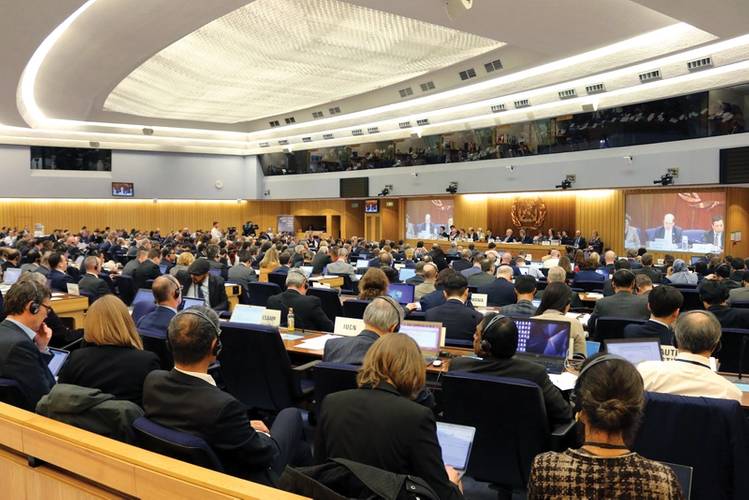As the commercial maritime community is collectively pressed by international and regional regulation to cut emissions, news today from Viking Line proves action as Viking Grace -- which is already fueled by LNG -- has become the first passenger ship in the world to use a rotor sail for wind-assisted propulsion. The International Maritime Organization (IMO), the United Nations shipping arm, agreed in mid-April to cut carbon emissions from ships by at least 50% by 2050 as compared to 2008 levels, and is a continuation of the push for decarbonization in the Maritime Sector. The adoption of an initial strategy on the reduction of GHG emissions from ships was one of the key items on the agenda of IMO’s Marine Environment Protection Committee (MEPC 72), which was held at IMO Headquarters in London, April 9-13, 2018.
What is a Rotor Sail?
The rotor sail was developed by Finland's Norsepower Oy Ltd. The cylindrical rotor sail installed on Viking Grace is 24m in height and 4m in diameter and uses the Magnus effect for propulsion. As the rotor is spinning, the passing air will flow with a lower pressure on one side than the opposite side. The propulsion force created by this pressure difference drives the vessel forward. The rotor sail operation is automated and the system will shut down in response to any disadvantageous changes in the direction or force of the wind.
What will it do?
In total it is expected to cut fuel consumption and reduce emissions by up to 900 tonnes CO2 annually. Viking Grace is already operating on wind assisted voyages between Turku, Finland and Stockholm, Sweden. The LNG-fuelled ferry has been in operation since 2013 when LR helped Viking Line handle the complexities of the LNG tanks on the stern deck as well as its regulatory, class and operational requirements.
In addition to the rotor sail solution installed onboard Viking Grace, Viking Line plans to use wind propulsion in the company’s new vessel, due to be operational in 2020. Built in China, the passenger ship will be equipped with two mechanical rotor sails supplied by Norsepower, doubling the wind power potential.
Lloyd’s Register (LR) approved the structure and the risk-assessment related to the installation of the sail in line with its Guidance Notes for Flettner Rotor Approval.











